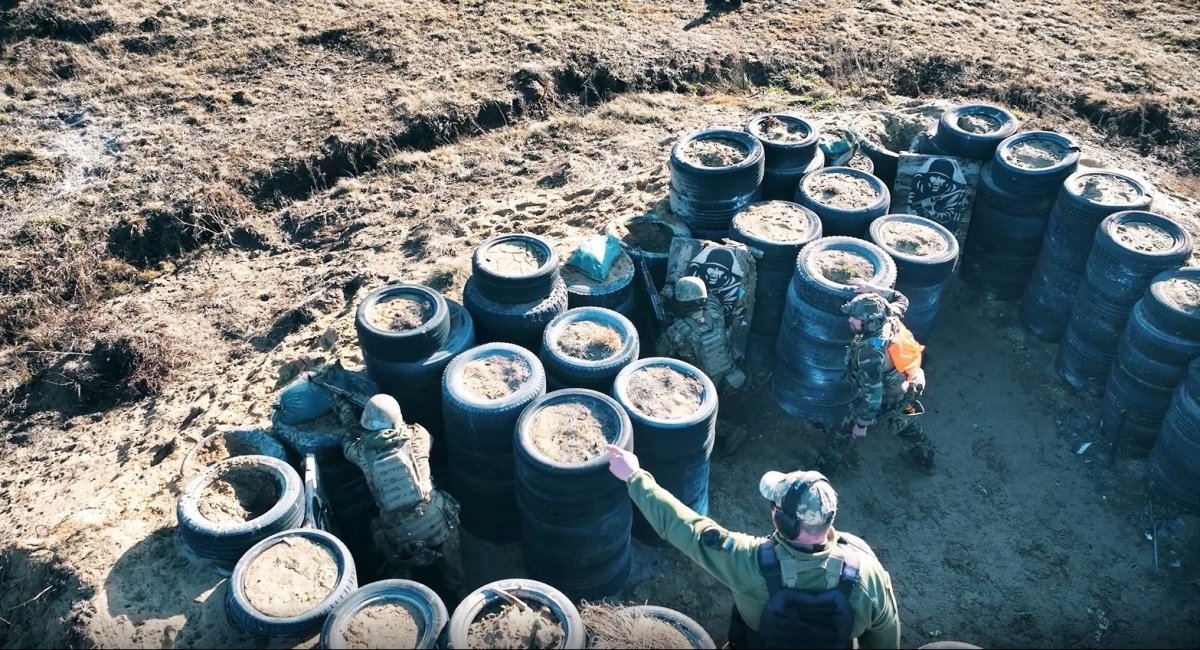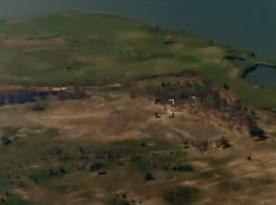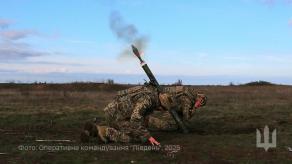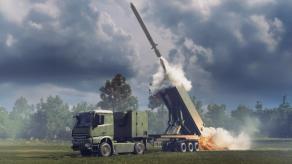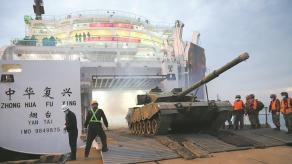This formidable image was chosen as the callsign by Staff Sergeant Raroh, a platoon commander and tactical training instructor at the 4th International Legion for the Defense of Ukraine. Instead of fiery feathers, he wears multi-scale camo; instead of a flaming breath – a voice radiating calmness. Even-tempered and unhurried, he seems to contradict the fierce image his callsign evokes. Yet his story leaves no doubt: beneath this surface of stillness, a fire rages within.
Raroh is a Ukrainian with combat experience dating back to 2014. He fought in Avdiivka and near the village of Luhanske in the Svitlodarsk Arc area. After the full-scale invasion began, he took part in battles near Kyiv, in the Kharkiv and Donetsk regions.
Read more: Top IT Professional Trains Soldiers of the International Legions for Defense of Ukraine

His current mission is to pass on his skills to foreign fighters joining the International Legion, aiming to wipe Russian occupiers off the face of the earth:
“We get all kinds of people. Some have combat experience in other countries. But that experience, let’s say, isn’t enough for today’s war. My knowledge allows me to guide, correct, and help them survive.”

The invaluable combat proficiency of the Legion’s instructors is integrated into a robust training system built according to NATO standards. This fusion of real-life experience and proven techniques helps prepare new soldiers in a Western-army manner, yet fully adapted to the realities of the Russo-Ukrainian war:
“Our drills are conducted on three levels. Honing individual skills is the foundation of successful training. Then comes teamwork in small groups. Finally, recruits must perform situational tasks designed to test the acquired skills. We aim to help them analyze each step, consider the mistakes, and succeed in fulfilling objectives.”
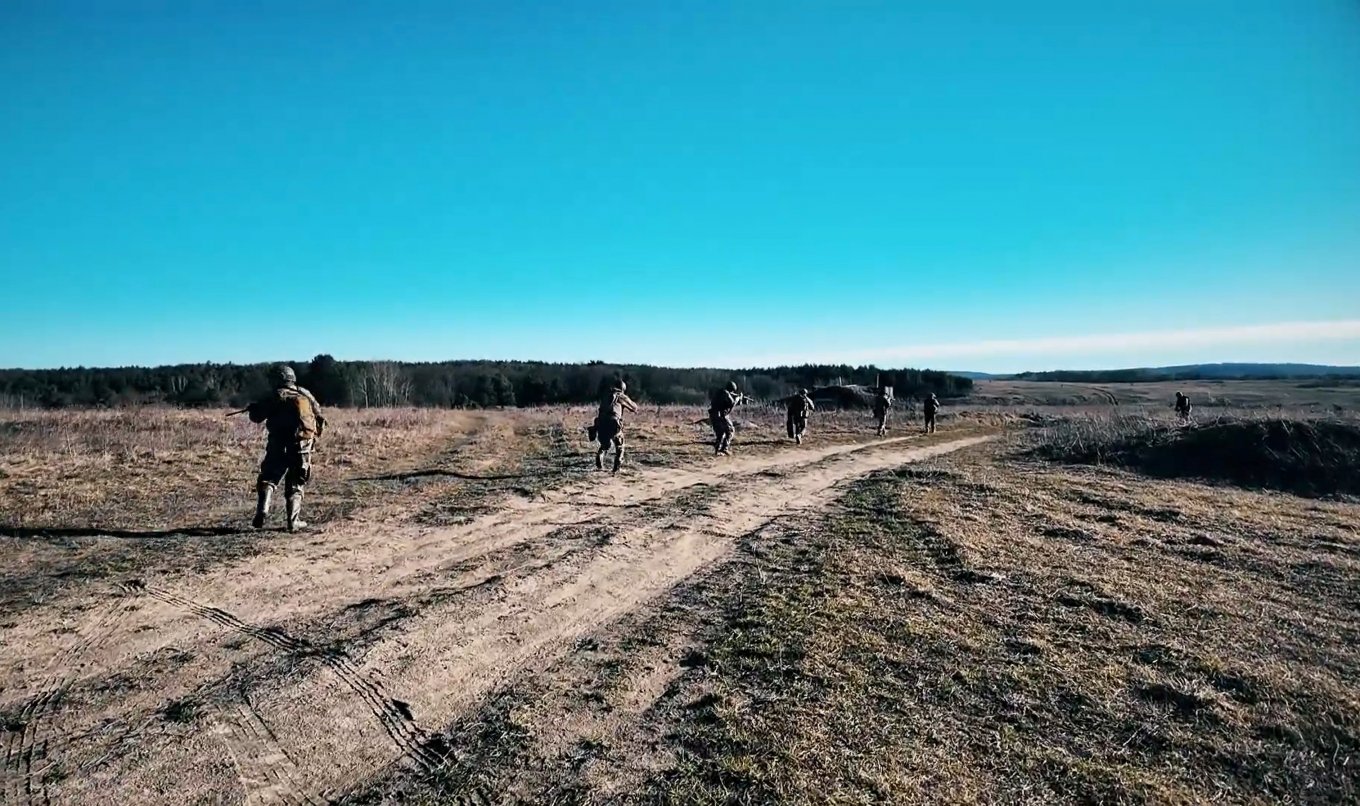
The tactical training of legionnaires is limited in time. And, of course, it’s never enough. That’s why the program is packed with information and the drilling is highly intense — to make the most of every day and every hour of it:
“We structure the training based on the logic of ‘simple to complex.’ First, we teach the basics: moving in combat formations, reacting to contact, and crossing danger zones. Then, we split the recruits into small groups to practice defense and assault maneuvers — like approaching a trench, pushing the enemy, clearing the trench, and taking defensive positions. We pay special attention to CQB (Close Quarters Battle) in urban areas. Like during the trench training, we teach how to clear settlements and set up defenses there.”
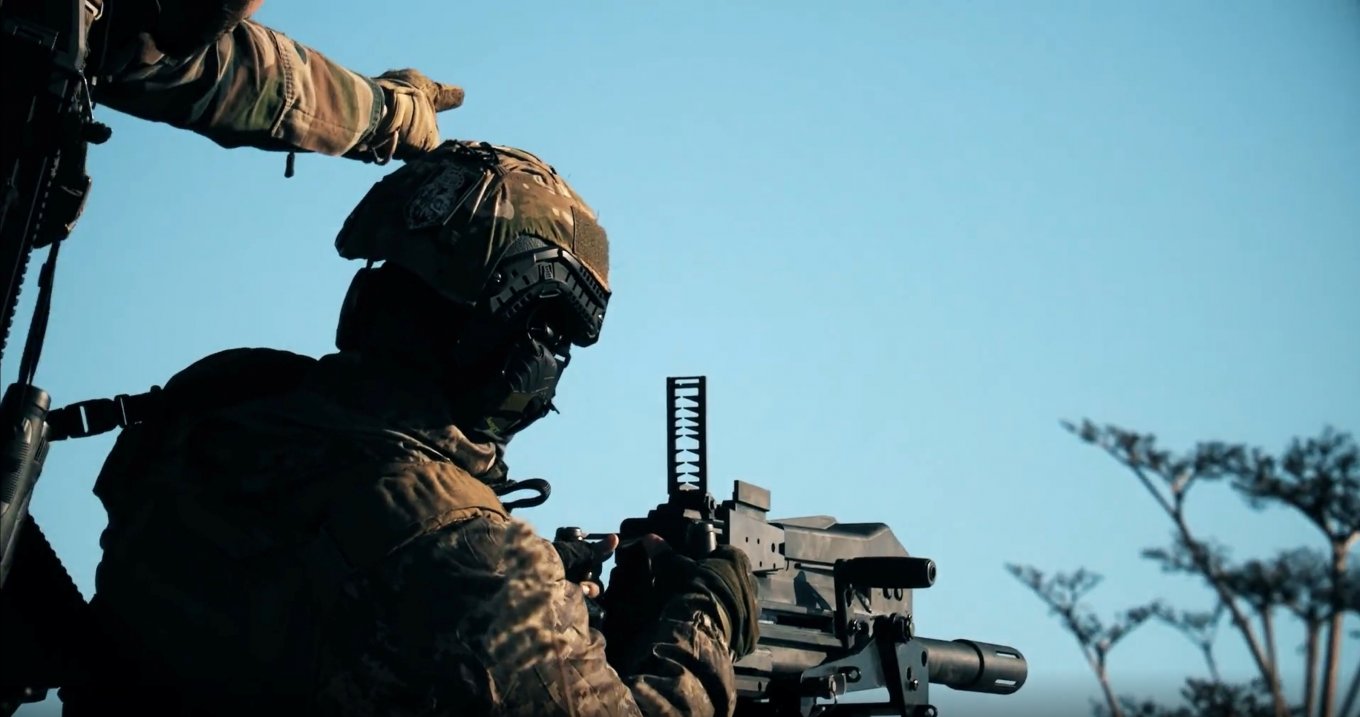
A significant challenge for the instructors is designing drills that immerse recruits in conditions as closely mimicking the front-line context as possible. For recruits, especially those without prior military service, it's like being thrown into an ice bath from day one. This approach aims to completely break down the recruits’ comfort zone. Only then can they be hardened for combat conditions and psychologically prepared for their first contact with the enemy. However, this can provoke resistance:
"During the drills, many trainees complain that we're too harsh on them. But once they get to the war, they admit: 'It wasn't enough — we needed more.'"

Tactical training is, above all, a process of learning. You don't start learning to drive in a turbocharged Subaru — it's enough to begin with a battered old Ford. The same applies to weapons. Initially, newly arrived recruits train on the AKM platform. This might raise questions since their combat missions mostly involve other weapons, primarily NATO-standard firearms. However, the training aims to develop basic skills in handling small arms. Once you've learned how to shoot, reload, clean, and carry a Kalash, switching to a brand-new CZ BREN 2 becomes merely a matter of technique:
“It’s a bit of an issue that we train on the AKM platform. However, each unit undergoes a coordination phase during which recruits practice tactical maneuvers with assigned weapons. So, after completing the training, new legionaries will have time to integrate and work out tactics with their new rifles. That’s why, during the course, we also introduce the soldiers to the actual weapon systems they will use in their units — specifically the CZ BREN 2, the AR platform, and the FN MAG machine gun.
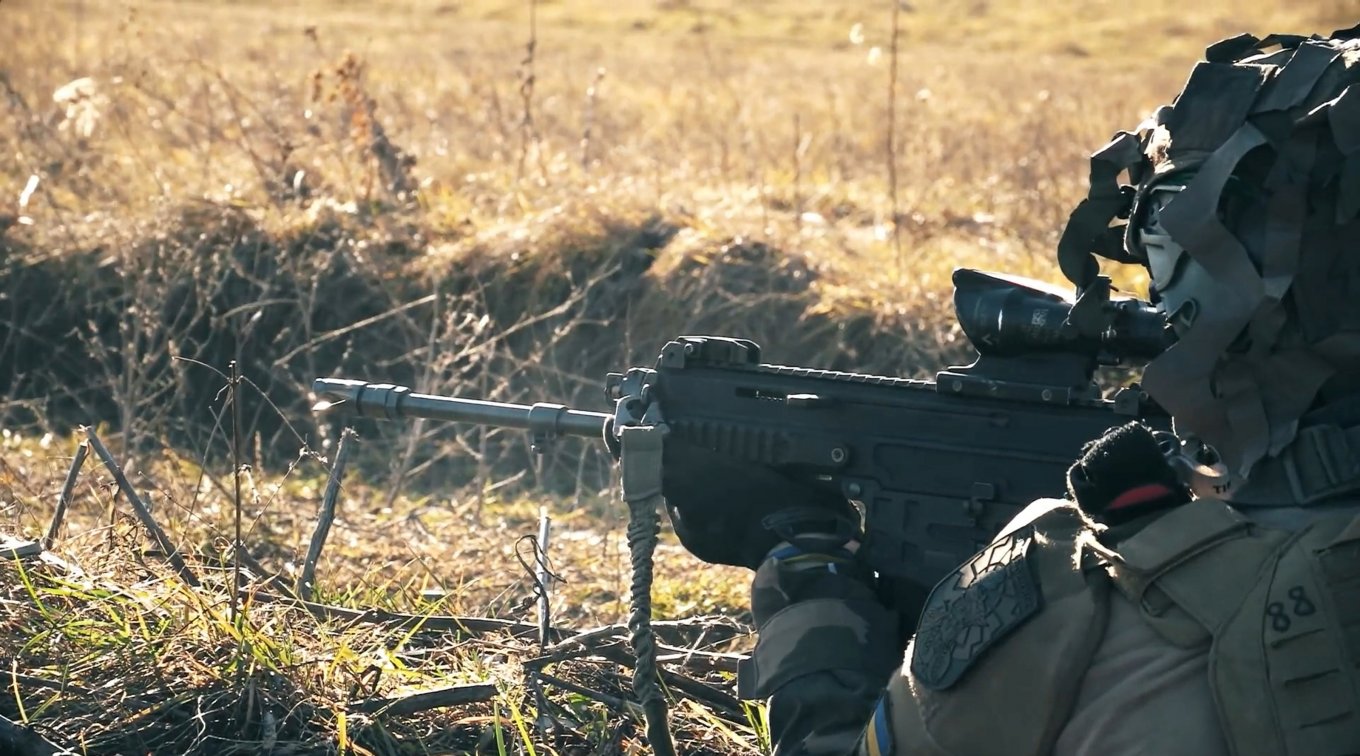
The rules of this war — and likely of all future wars — have been upended by UAVs. Tiny FPV drones have revolutionized warfare like enormous tanks once did. The concept of a “grey zone” is now obsolete. Constant aerial threats turn grey zones into red ones. Remaining unseen on the battlefield is a luxury. When heading to the front, you must accept one truth: you’re always being watched. That’s why the persistent buzzing overhead is a constant feature of the drills:
“We always use drones in training. First, they’re our eyes in the sky, providing footage for analyzing recruit performance. Based on the footage, we teach them to plan their actions ahead, like during an assault on a trench or urban area. Second, this develops their reaction to drones. They learn how to camouflage and defend against aerial threats. We also train drone operators. We have a two-day course so that, if needed, anyone can fly, gather intel, analyze it, and adjust their tactics accordingly.”
A drill instructor’s job isn’t just screaming in your ear when you forget to put your weapon on safety. Being an instructor means taking responsibility for everyone who has undergone your drills. That’s why the work doesn’t end on the last day of training — because the war goes on, and the knowledge must keep moving forward:
“Almost all instructors stay in touch with our trainees, even when they’re already on the front line. Feedback is vital. The war is constantly evolving, and we need to understand where we fell short, what needs improvement, and what needs to change in the training.”

The International Legion includes fighters from over 75 countries. Each has their own motivation and path. Some seek to restore their faith in good. For others, it’s just a job — one they can’t envision a future without. Some come from civilian life without a single day in uniform but with an irresistible drive to test themselves in combat. But before they reach the front line, they all go through training and will have the honor of meeting Staff Sergeant Raroh:
“We welcome everyone — foreigners and Ukrainians alike. We provide excellent training to help you survive on the battlefield. If you’re ready to chop down a moskal [aka “a Russian invader”], welcome the team!”
By Dmytro Tolkachov
Learn more about the International Legions for the Defense of Ukraine on the official website.
Read more: Ukraine's 2nd International Legion Shows How to Eliminate a russian Special Forces Unit




